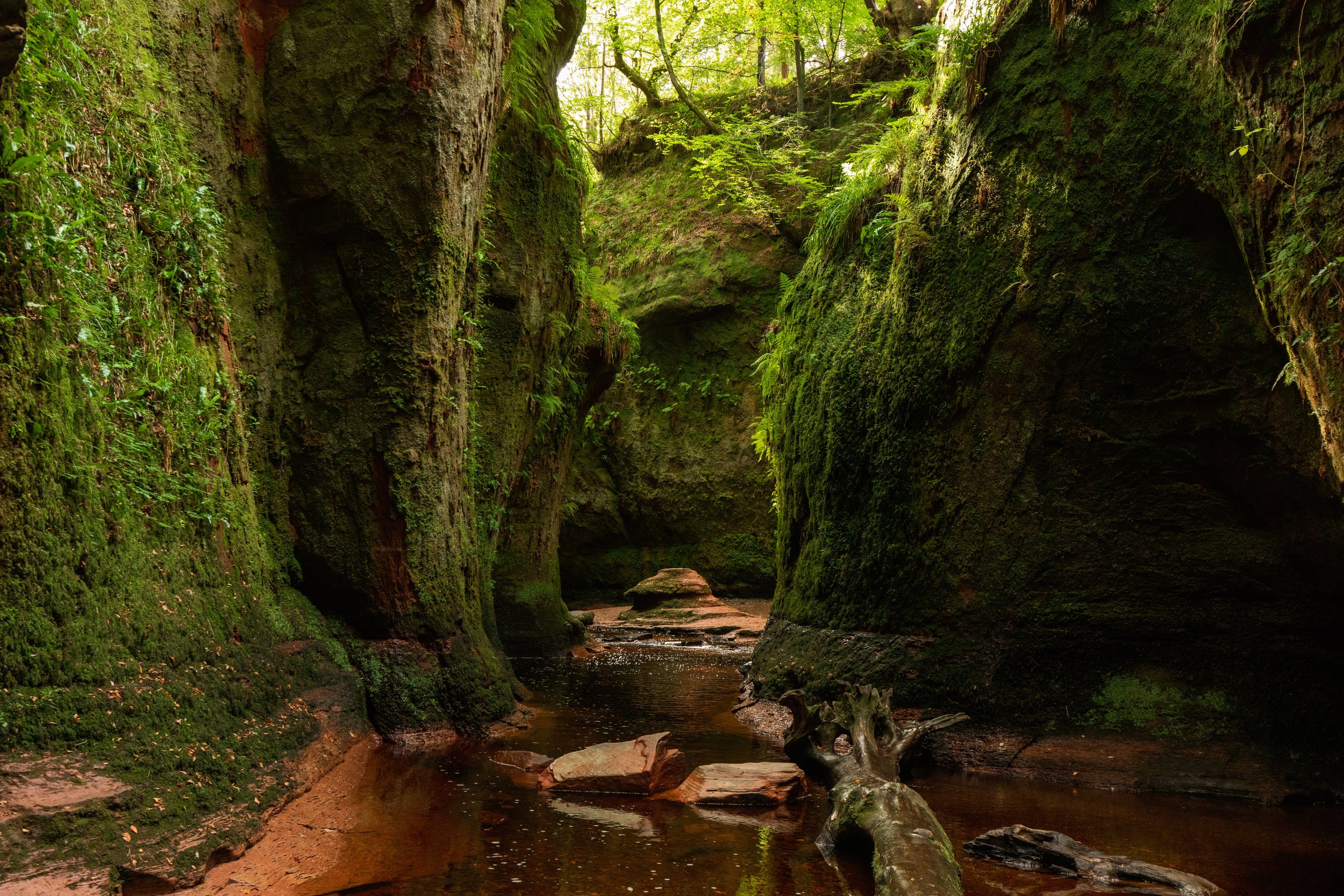Callanish Standing Stones
There are so many ancient landmarks scattered around Isle of Lewis in the Outer Hebrides, dating back to Neolithic times. The Callanish Standing Stones is certainly the most remarkable of those sites. There are quite a few stone circles around Scotland, but Callanish is perhaps the most famous and well-preserved. The site may also be referred to by its Gaelic name, Calanais.
A prehistoric site
The first thing to know about these stones is that they are very, very old, thought to be erected around 5,000 years ago! That makes them older than Stonehenge, and well, most things.
The standing stones at Callanish are laid out in a cruciform pattern, with a central stone circle and a large stone and what used to be a chambered tomb at its core. As is the case with most such sites, their original scope remains shrouded in mystery, however it is believed that the place was meant to be some kind of astronomical observatory or calendar. Nevertheless, it appears that the stones were an important place for ritual activity for over 2 millennia.
The place gradually fell out of use after the bronze age, and was abandoned. Over time, a thick layer of turf developed, engulfing the stones. They remained largely hidden until the mid-19th century, when 1.5m of peat were removed, revealing the burial chamber and the true height of the stones. Further excavations followed later on, and artefacts were found.
Getting there
The Callanish Standing Stones are about 16 miles away from Stornoway, and easily accessible from Harris too. There is a visitor centre, with ample parking and a cafe. The stones await just 300m away. Alternatively, there is also some parking available by the side of the road, right next to the stones (take a right towards the village of Callanish, before reaching the visitor centre).
While the main Callanish Stone Circle is by far the most impressive, it’s not the only one - there are others around the area (Callanish II, Callanish III, Callanish IV, and more). See them on my map of Scotland.
When to visit
The Callanish Standing Stones can be visited at any time of day and night, and for free. You can get as close to the stones as you want, you can even touch them - though I would strongly advise not to. There are no fences, nothing. I think it’s incredible that such an ancient and precious monument is so easily accessible to the public. If you visit around sunrise/sunset, or even during the night, it might be just you and the stones. There is something just eerie about the whole experience.
Callanish vs. Stonehenge
In contrast, it costs £20 per adult to visit Stonehenge during set opening times during the day, which wouldn’t even include sunrise or sunset, when the light would be at its best. You get to walk along with everyone else along a well-defined fenced path that goes around the circle, and 10m is as close as you ever get to the stones. Should you want to see the stones up close, and without the crowds, outside of opening times, you can purchase a Stone Circle Experience ticket, priced at £47 per adult. Stonehenge is no doubt one of the most iconic monuments in the world, but, to me, the fact that it feels so much like a tourist attraction really takes away from the experience of visiting such a mysterious site. In comparison, at Callanish, even the landscape - the scenery as well as the stones themselves - looks more rugged, wild, and unspoiled. Having visited both places, I felt that Callanish was superior in every aspect.
Craigh na Dun
The stone circle at Callanish is a great place to visit for Outlander fans. Anyone that has been watching the show would instantly think of Craigh na Dun when coming across this place. And while the show has not been filmed here at all, the stone circle in Outlander was actually modelled after the one at Callanish - and the resemblance is quite striking. However, the stones were made out of styrofoam and the real-life location of Craigh na Dun is in Kinloch Rannoch, Perthshire.
You probably won’t be able to time travel to 18th century Scotland, but you can try…







Explore the main settlement on Isle of Barra